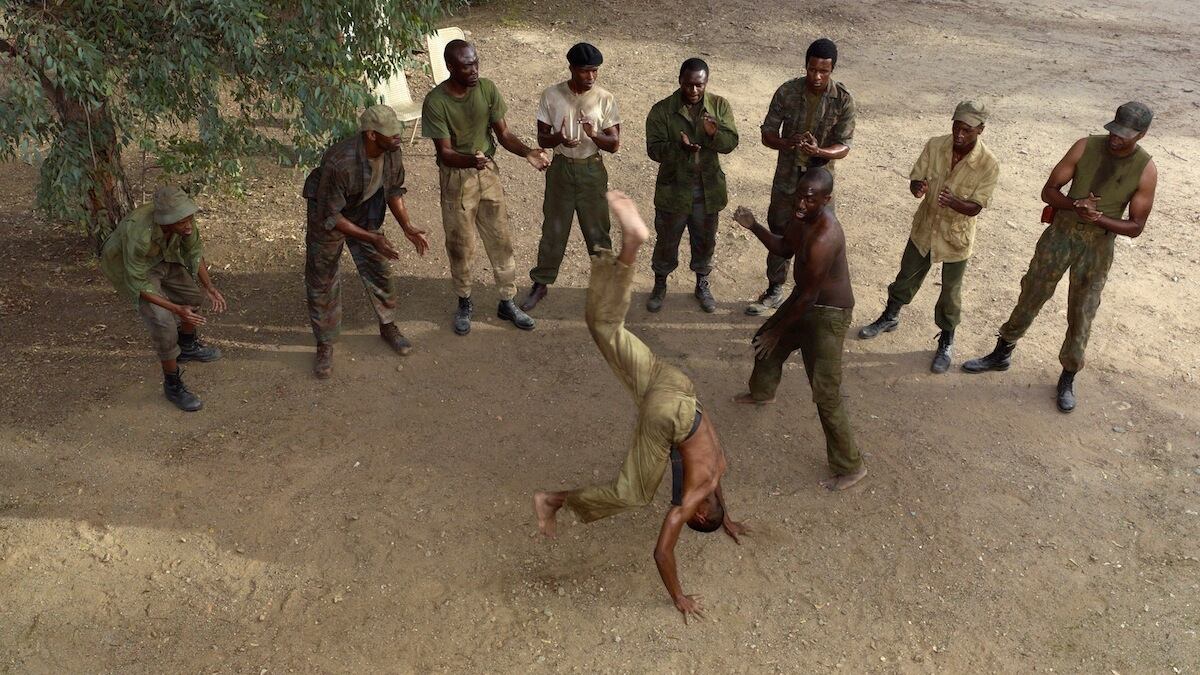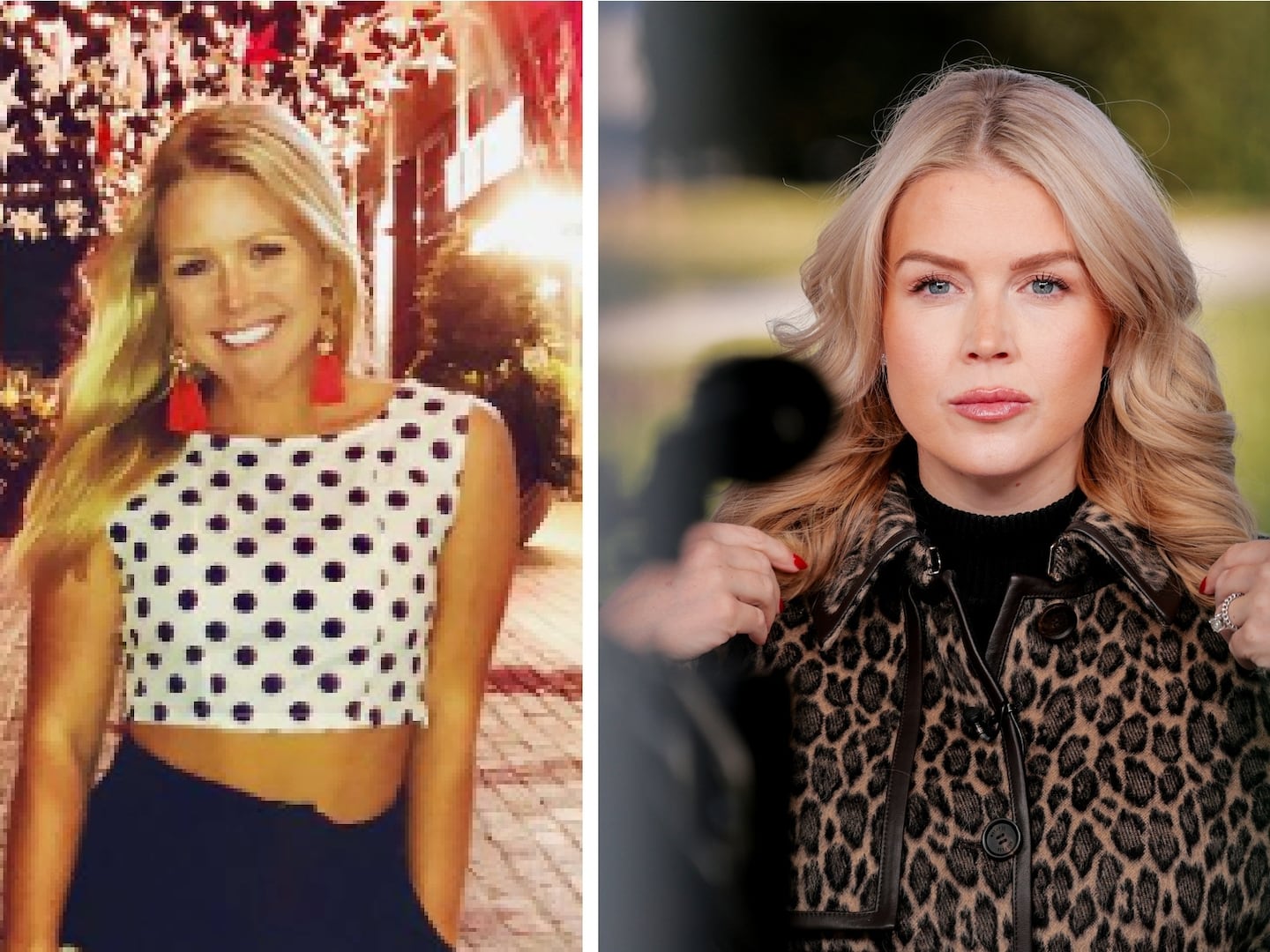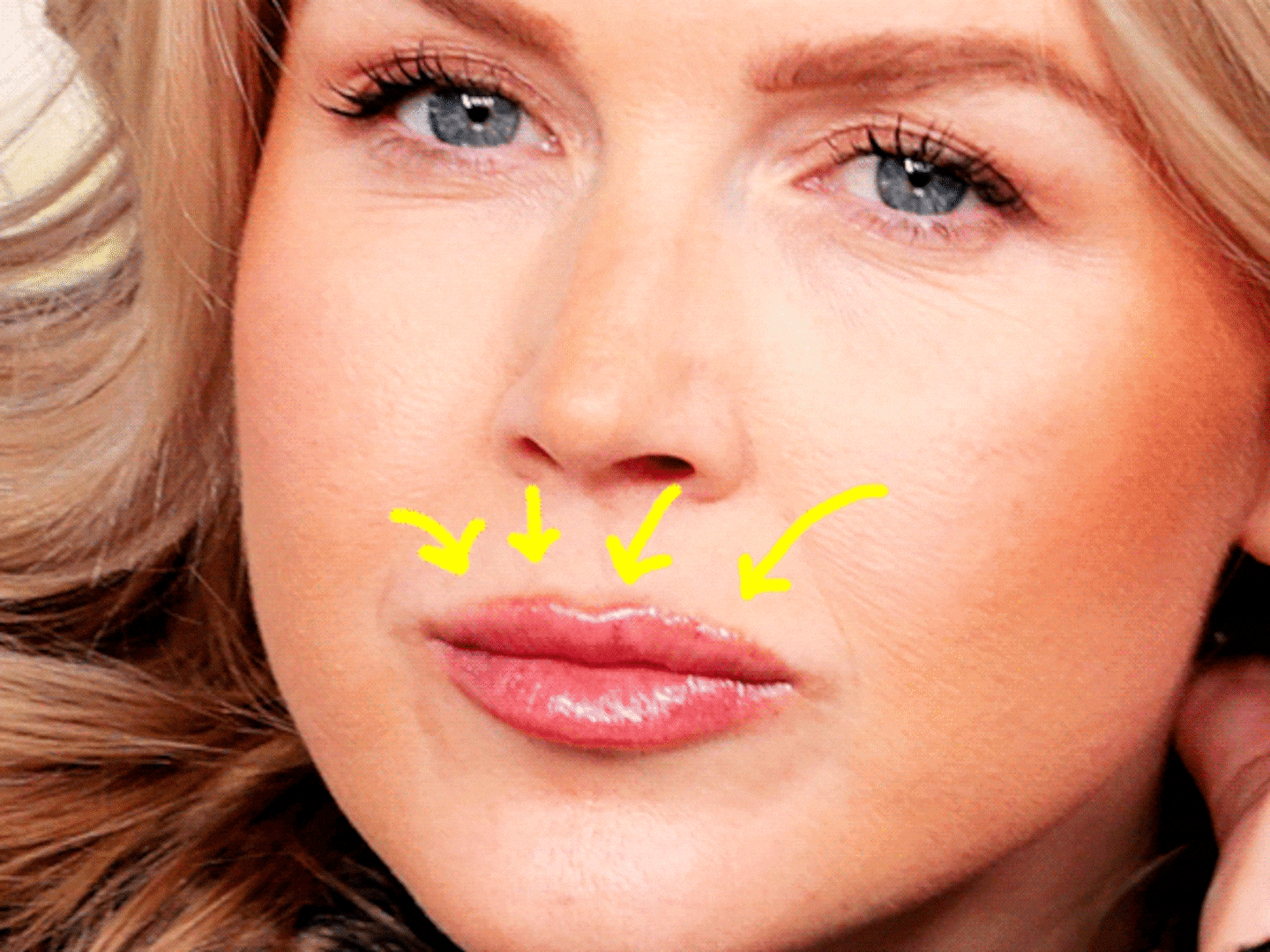
This is “Capoeira, 1974,” a new photo by Stan Douglas from his solo show called “Disco Angola”, which opened Thursday at David Zwirner gallery in New York. For a few years now, Douglas, world-famous for his work in video and film, has been doing something close to unique in photography: He imagines himself into the world of a fictional photographer out of the past (Douglas calls this figure his “heteronym”) and then creates images which that alter-ego might have made.
In the case of “Disco Angola”, Douglas’s doppelganger is imagined living in the early 1970s and documenting two very different worlds: The nascent disco scene in New York, still underground and mostly gay, and the chaotic civil war in newly independent Angola. Often, Douglas crafts echoes across the two visions, as in this scene of Angolan soldiers practicing a martial art and another scene of dancers at a disco. (The first disco song is said to have been by an Angolan.)
Douglas never achieves a perfect recreation of a past photographic style: His images are wall-sized, as they could not have been in the seventies, and are too digitally crisp to be old. They look like staged recreations rather the real thing, and I think they’re supposed to. Their closest analogues would be vignettes from historical novels – present texts with the flavor of the past – and not museum facsimiles.
Weirdly, the photos of “Disco Angola” left me thinking about the pre-Raphaelite paintings of Victorian England, and their haphazard embrace of archaic styles and subjects. That comparison didn’t lessen my appreciation of Douglas, however; it made me want to up my judgment of the pre-Raphaelites. Douglas proves that the historical imagination can yield some very complex art, and that recent artists have neglected it.
For a full visual archive of past Daily Pics visit blakegopnik.com/archive.






